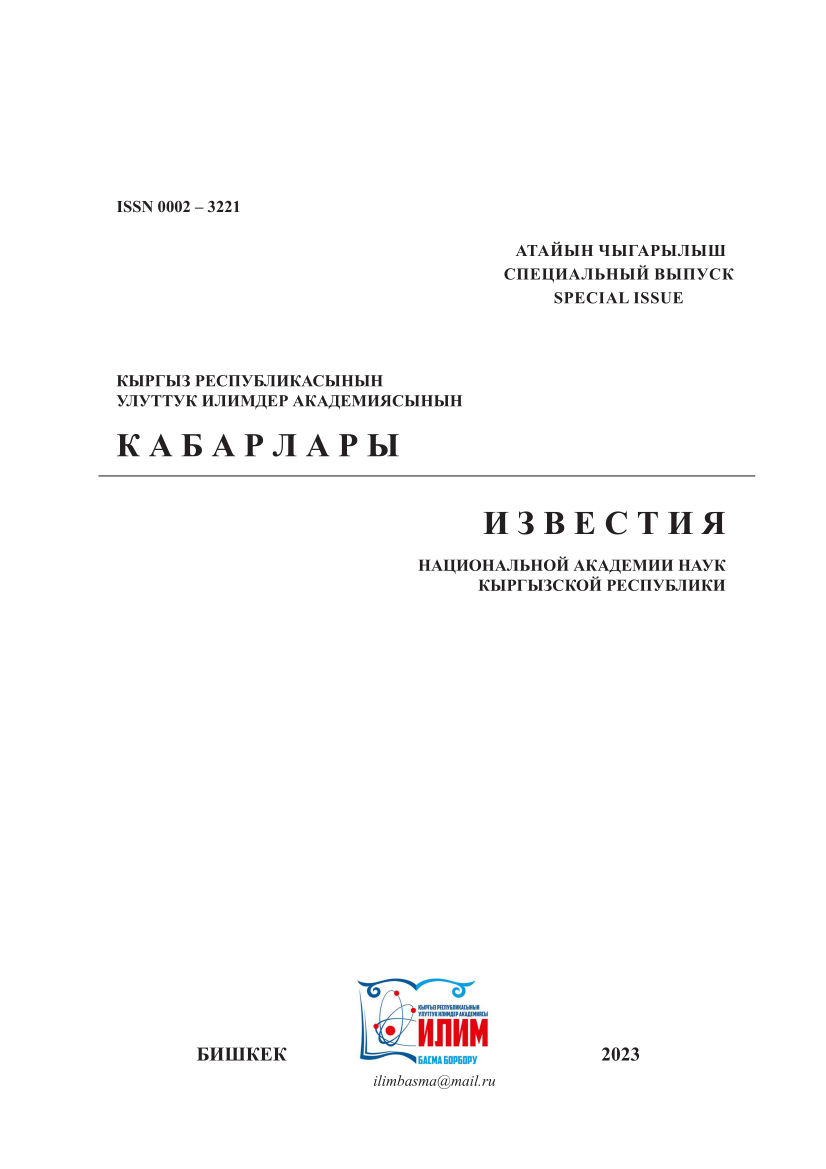ENHANCING ALFALFA PRODUCTION IN MARGINAL SANDY SOILS
Keywords:
Alfalfa, sustainable agriculture, fodder, legumineous forages, biomass production.Abstract
Alfalfa is one of the forage crops widely cultivated due to its adaptability on different
soil and environmental conditions. This forage crop is cultivated in more than 80 countries with
over 210 million tons of alfalfa hay produced. The soils of the UAE are dominantly sandy and
infertile and hence show poor physical, chemical and fertility properties, suggesting frequent
irrigation and replenishment nutrients based on crop requirement. Among other forages alfalfa is
grown in many farms. Sustainable agriculture production system plays an important role in creating
the options that enable sustainability by developing systems that are environmentally preferable,
more resource-efficient, and often more cost-effective (Gupta RJ et al, 2009). Desert sandy soils
are low in inherent soil fertility and due to high drainage capacity there are significant losses
of nutrients and water. High temperature, water scarcity and salinity are other constraints limiting
agricultural production in desert environment (Suarez et al, 2010).
Salinity and drought, two very closely associated abiotic stressors, negatively affect crop
productivity (Gamalero et al., 2020). Almost 20 % of the total irrigated land has been degraded due
to excess soil salinity (FAO, 2020). To meet the food, fodder, biomass energy, value-added product
and employment requirements of the expanding population, it is critical to developing sustainable
agricultural systems under constricted conditions in these marginal lands.
References
Busby, Posy E., et al. "Research priorities for harnessing plant microbiomes in sustainable
agriculture.”PLoS biology” 15.3 (2017): e2001793.
Cook, B.G., B.C.Pengelly, S.D.Brown, J.L.Donnelly, D.A.Eagles, M.A.Franco, J.Hanson,
B.F.Mullen, I.J.Partridge, M. Peters, and R. Schultze-Kraft. 2005. Medicago sativa. In: Tropical
Forages: An interactive selection tool. Available at http://www.tropicalforages.info/key/Forages/
Media/Html/Medicago_sativa.htm
FAO (2020). Salt-affected soils. 2020.
Frame J., Charlton J.F.L., Laidlaw A.S. 1998. Temperate Forage Legumes. CAB
International, Wallingford, UK.
Gamalero, E., Bona, E., Todeschini, V. & Lingua, G. (2020). Saline and arid soils: impact
on bacteria, plants, and their interaction. Biology. 9 (6), 116.
(2015) FAO-ITPS. Status of the World’s Soil Resources (SWSR).
Technical Summary. Food and Agriculture Organization of the United Nations and
Intergovernmental Panel on Soils, Rome, Italy.
Frame, J. Medicago sativa L. In: Grassland species. Food and Agriculture Organization of
the United Nations. Available at http://www.fao.org/ag/Agp/agpc/doc/GBASE/DATA/PF000346.
htm
Food and Agriculture Organization of the United Nations. 2008. Crop Water Information:
Alfalfa Available at http://www.fao.org/nr/water/cropinfo_alfalfa.html
Gupta RJ, Kienxler K, Martius C, Qadir M (2009) Research prospectus: a vision for
sustainable land management research in Central Asia Regional Office of ICARDA for Central
Asia and Causasus (CGIAR-PFU-CAC), Tashkent, Uzbekistan,” p 81. ISSN 025-8318 www.
icarda.org.ae.
Suarez DL (2010) Extent of global salinization and management options for crop production.
Proc. Int. Conf. on Soil and groundwater salinization in Arid regions, 11-14 January 2010, Sultan
Qaboos University Muscat, Oman. Volume 1: Keynote papers and Abstracts, pp. 1-7.

